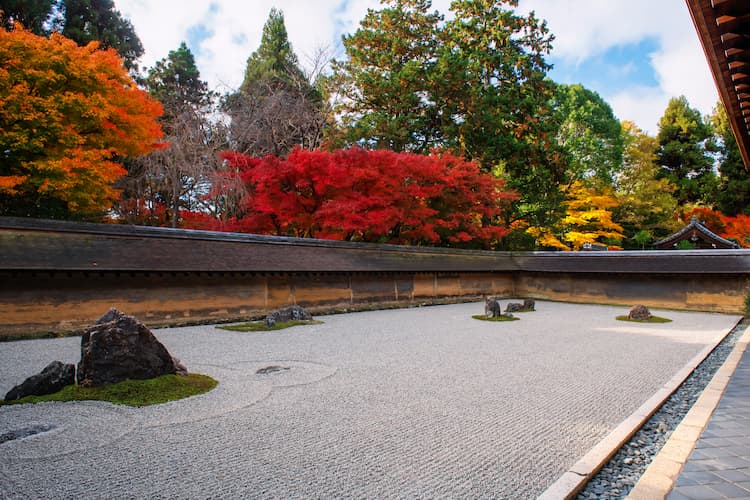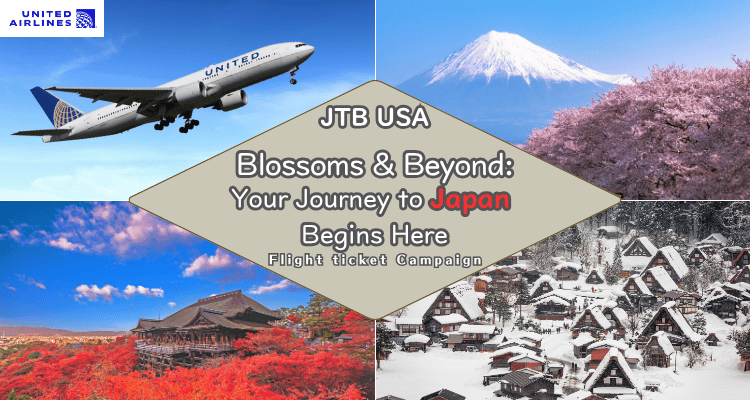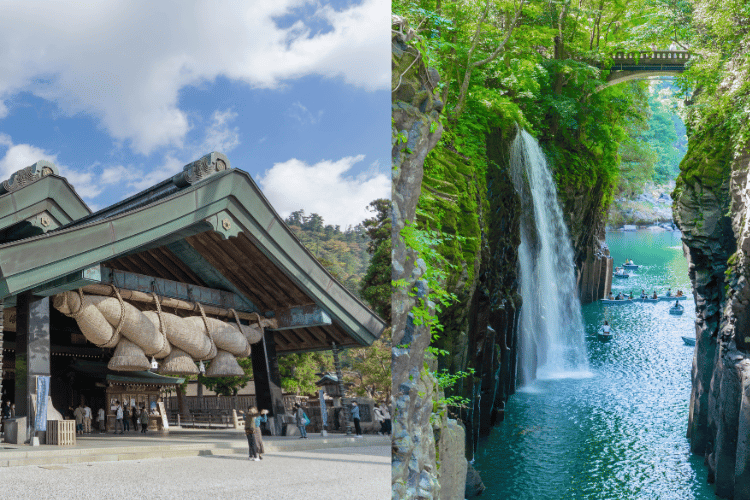A Temple Reborn from War
Ryoan-ji began as an aristocratic villa in the Heian period and was converted into a Zen temple in 1450 by the powerful Hosokawa clan. The temple was destroyed during the Ōnin War (1467–1477), a civil conflict that devastated Kyoto, and later rebuilt in the late 15th century.
The rock garden likely dates from this reconstruction—but its creator remains unknown. Some attribute it to the painter-monk Soami, others to the Hosokawa family, and some even suggest it was built by Kawaramono, outcast laborers. This anonymity adds to its mystique.
The Aesthetics of Karesansui
Karesansui, or dry landscape gardens, are designed not to imitate nature, but to abstract it. Ryoan-ji’s garden is a masterclass in minimalism, asymmetry, and negative space—hallmarks of the Japanese aesthetic known as wabi-sabi, which celebrates imperfection and impermanence.
The white gravel represents water; the stones evoke islands, mountains, or drifting thoughts. The garden is not a picture—it’s a metaphor.
Zen Philosophy in Stone
Zen Buddhism values direct experience over intellectual analysis. The garden’s silence is intentional—it’s a space for meditation, not explanation.
The fact that only 14 of the 15 stones are visible from any angle is no accident. It reflects the Zen idea that truth is elusive, and that incompleteness is part of enlightenment.
“The garden doesn’t tell you what to think. It asks you to stop thinking.”
Mathematical and Visual Mysteries
Researchers have studied the garden’s layout using geometry, perspective, and even fractal theory.
The stones are arranged in five groups, yet no clear pattern emerges. Some theories suggest alignment with the golden ratio, others point to visual balance through asymmetry.
The raked gravel creates a rhythm that contrasts with the stillness of the stones—an interplay of movement and stasis, order and chaos.
A World Heritage of Silence
In 1994, Ryoan-ji was designated a UNESCO World Heritage Site as part of the “Historic Monuments of Ancient Kyoto.” This recognition affirms its global cultural value—not just as a temple, but as a space where art, philosophy, and mystery converge.
How to Experience Ryoan-ji
- Sit quietly for at least 10 minutes. Let your thoughts settle.
- Observe the shadows, the light, the space between stones.
- Don’t rush—this is not a photo op, it’s a moment of reflection.
- Visit early to avoid crowds and preserve the atmosphere.
Takeaway
Ryoan-ji’s rock garden is not just a tourist attraction—it’s a philosophical invitation.
It embodies the Zen idea that meaning is not given, but discovered. Whether you see islands, mountains, or nothing at all, the garden reflects your own mind.
“It’s not about what the garden is. It’s about what it becomes when you look at it.”
FAQ
Can I use a credit card to pay the entrance fee?
No, Ryoan-ji Temple currently accepts cash only for admission (600 yen per adult). It’s recommended to bring Japanese yen in small denominations. as of October 2025.
Do I need to take off my shoes to enter?
Yes. When entering the Hojo building (where the rock garden is viewed), visitors are required to remove their shoes. Shoe racks are provided, and socks are recommended for comfort.
Are children allowed to visit the temple?
Absolutely. Children are welcome at Ryoan-ji Temple. However, since the rock garden is a place for quiet reflection, it’s best to ensure they can remain calm during the visit
Why is the cherry blossom compared to the samurai?
Both symbolize beauty, honor, and impermanence. Cherry blossoms bloom briefly but brilliantly, just like the idealized life of a samurai—graceful, proud, and purposeful. It’s a poetic way to express living with dignity.
Can I take photos inside the temple?
Yes, photography is allowed in the garden and temple grounds. However, flash and tripods are discouraged to maintain the serene atmosphere











.png)

.jpg)









